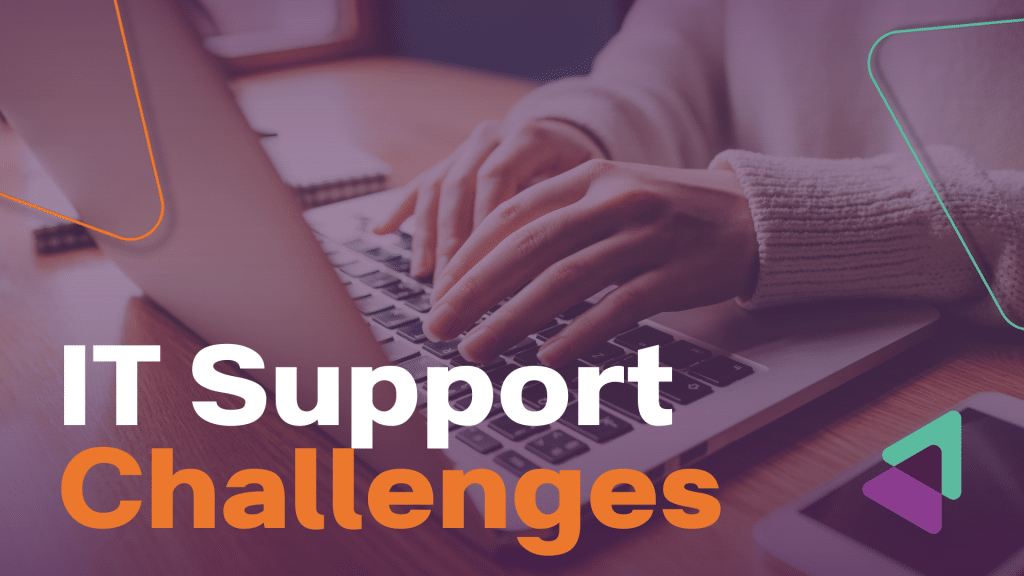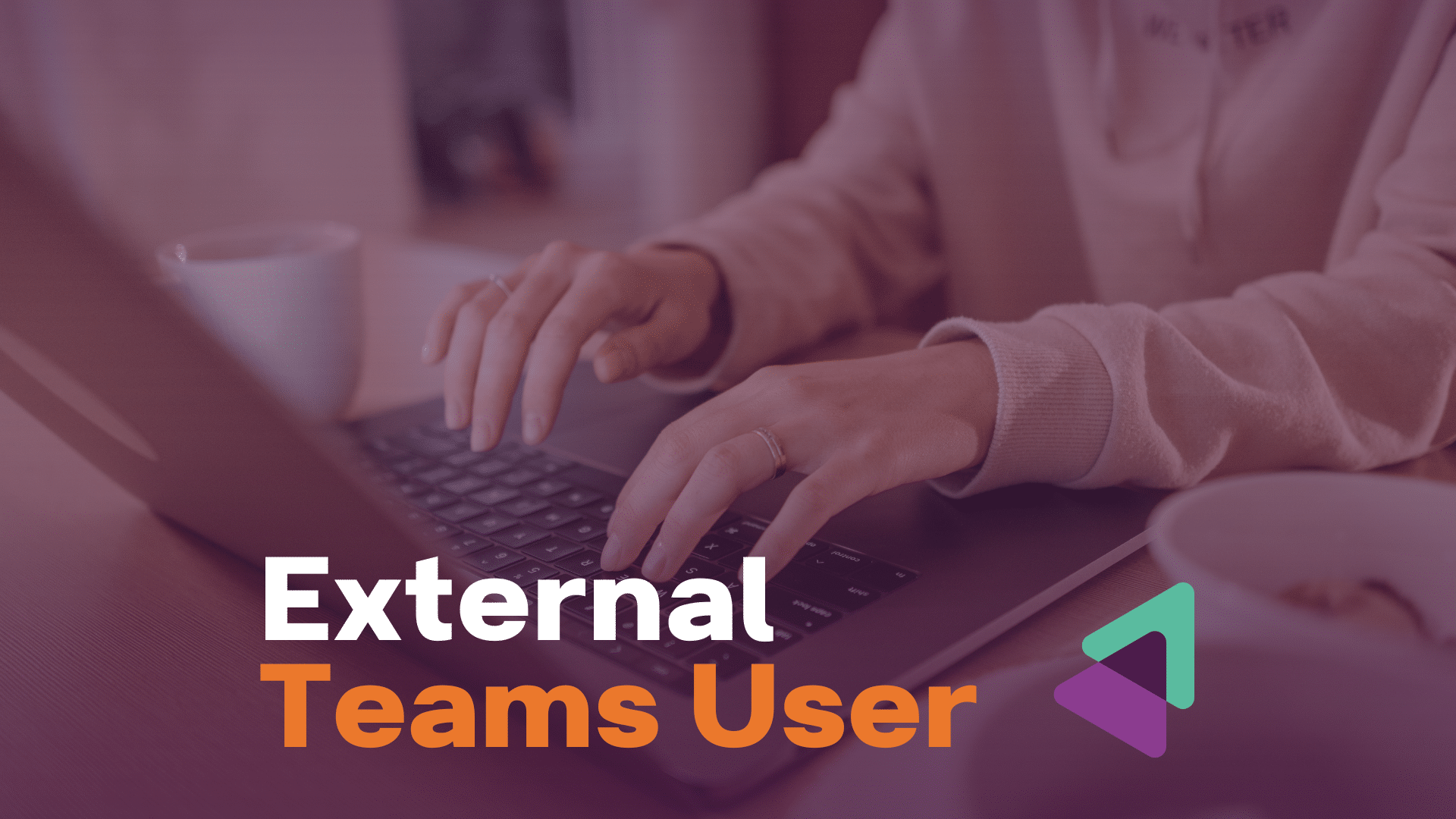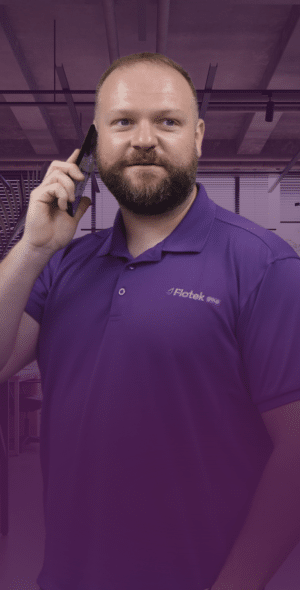
Understanding And Overcoming IT Support Challenges In Business
Effective IT support is crucial for maintaining smooth operations and ensuring organisational success.
As technology evolves, so do the challenges faced by IT departments.
From managing cybersecurity threats to maintaining outdated systems, businesses must navigate a complex landscape to keep their operations running seamlessly.
Here, we’ll delve into IT departments’ primary challenges and provide practical solutions to overcome these hurdles.
What Is The Biggest Challenge For Your Organisation's IT Department?
Before you partner with an IT support provider, it can be helpful to think critically about the biggest challenges your IT department faces (if you have one), as well as the wider IT concerns and challenges of your organisation as a whole.
Below, we’ve highlighted some of the most common faced by businesses of all sizes.
1. Cybersecurity
We’ve mentioned it before, but it can’t be stated enough – one of the most significant challenges faced by IT departments is cybersecurity.
As businesses increasingly rely on digital solutions, they become more vulnerable to cyber threats such as ransomware, phishing attacks, and data breaches.
Cybercriminals continuously develop sophisticated methods to exploit vulnerabilities, making it essential for IT departments to stay vigilant and proactive in their cybersecurity measures.
Implementing robust security protocols, conducting regular security audits, and staying informed about the latest cyber threats are critical steps to mitigate these risks.
2. Technological Developments
Another challenge is the rapid pace of technological change.
IT departments must continuously update and integrate new technologies to stay competitive and meet the evolving needs of the business.
This can be a daunting task, as it often requires significant investment in both time and resources.
Additionally, the need to train staff on new systems and processes adds another layer of complexity.
Keeping up with technological advancements ensures that the business can leverage the latest tools for efficiency and innovation, but it also means constantly managing change and adaptation.
3. System Management
Managing legacy systems presents another common challenge.
Many organisations still rely on outdated technology due to budget constraints or the perceived risk of migrating to newer systems.
However, these legacy systems can become a liability, as they are often less secure, harder to maintain, and incompatible with modern software solutions.
IT departments must balance the costs and risks of maintaining these systems with the benefits of upgrading to more current technologies.
Conducting a thorough assessment of existing infrastructure and planning a phased approach to upgrades can help mitigate these challenges.
4. Resources
Resource constraints also pose a significant challenge for IT departments.
Limited budgets and staffing shortages can make it difficult to address all the IT needs of the organisation effectively.
Prioritising critical issues, investing in training and development for existing staff, and considering outsourcing some IT functions can help manage these constraints.
Additionally, leveraging cloud services and automation can improve efficiency and reduce the burden on IT resources.

How To Overcome Common IT Support Challenges In Business
When you understand the challenges your business faces in relation to IT, you can plan how to overcome them.
To address cybersecurity challenges, businesses should implement a multi-layered security approach.
This includes using firewalls, antivirus software, and intrusion detection systems to protect against external threats.
Regularly updating software and systems, conducting employee training on cybersecurity best practices, and performing routine security audits are essential measures.
Developing an incident response plan ensures that the organisation can quickly and effectively respond to any security breaches.
Keeping pace with technological change requires a strategic approach.
IT departments should engage in continuous learning and stay updated on industry trends.
Establishing a technology roadmap can help align IT initiatives with business goals and ensure that investments in new technologies are planned and prioritised.
Collaborating with technology vendors and consultants can also provide valuable insights and support in navigating complex technology landscapes.
Further reading: The Benefits Of Outsourced Business IT Support
Organisations should conduct a comprehensive assessment of their IT infrastructure to manage legacy systems.
Identifying critical systems and evaluating the risks associated with maintaining outdated technology is the first step.
Developing a phased migration plan allows for gradual upgrades, minimising disruption to business operations.
Sometimes, virtualising legacy systems can extend their lifespan while planning for future upgrades.
Addressing resource constraints involves optimising the use of available resources and exploring alternative solutions.
Cross-training IT staff on multiple disciplines can increase flexibility and ensure coverage of essential functions.
Outsourcing IT functions can provide additional expertise and free up internal resources for strategic initiatives.
Adopting cloud-based solutions and automation tools can enhance efficiency and reduce the workload on IT staff.
You may also like: What Does A Managed IT Provider Do For Your Business?
Our Final Word
Navigating the complexities of IT support requires a proactive and strategic approach.
By understanding the challenges and implementing practical solutions, businesses can enhance their IT capabilities, improve operational efficiency, and reduce risks.
It’s a lot to take on, so partnering with an IT support provider eases the burden for many businesses.
If you’re ready to relieve some of your IT team’s burden, contact us to find out how we can help.








